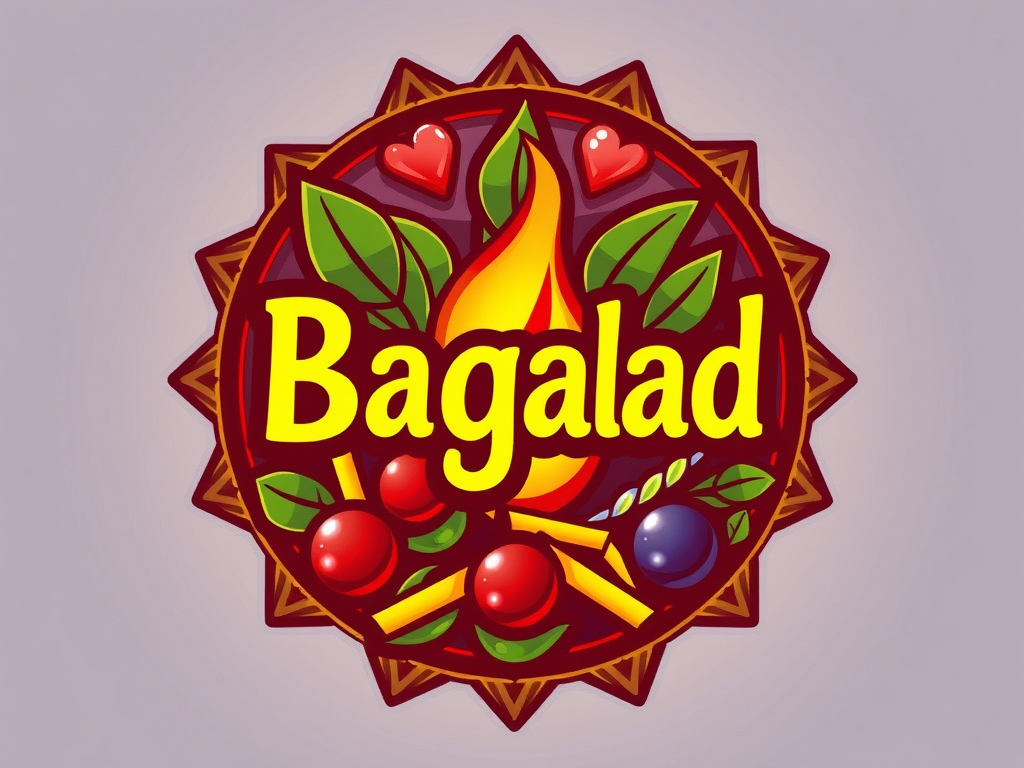Essential Ingredients and Equipment for Beef Wellington
Choosing the best beef cut is crucial for an exceptional beef Wellington. The tenderloin or filet mignon is the preferred choice due to its tenderness and mild flavour, which allows the other ingredients to shine without overpowering the center of the dish. A well-marbled cut ensures juiciness, enhancing the overall taste and texture.
Key beef Wellington ingredients include fresh mushrooms for the duxelles, thinly sliced prosciutto to wrap the beef, and high-quality puff pastry for the golden, flaky outer layer. Fresh herbs, such as thyme and parsley, add subtle aroma and depth, while Dijon mustard contributes a sharp, tangy finish that complements the richness of the beef.
Have you seen this : How do you make a perfectly balanced Eton mess?
To prepare these ingredients effectively, certain kitchen tools are essential. A heavy skillet is needed to sear the beef evenly, locking in flavour and moisture. Additionally, a food processor simplifies the mushroom duxelles preparation by finely chopping and blending the mushrooms with seasonings. A sharp knife is necessary for precise trimming of the beef and prosciutto slices. Finally, a pastry brush aids in glazing the puff pastry with egg wash, ensuring an appetizing golden crust.
Proper ingredient preparation also demands attention: seasoning the beef generously before searing, thoroughly drying mushrooms to avoid sogginess, and chilling assembled Wellington before baking. These steps maintain balance and texture in the finished dish, making the cooking process smoother and the results more consistent.
This might interest you : How can you make a classic toad in the hole from scratch?
Step-by-Step Guide to Preparing Beef Wellington
Preparing beef Wellington involves several precise stages to ensure the dish’s characteristic balance of flavors and textures. First, when learning how to make beef Wellington, seasoning the best beef cut—typically tenderloin—is critical. Generously season with salt and pepper, then sear the beef in a hot skillet until a golden-brown crust forms. This searing step locks in juices and deepens flavor. After searing, allow the beef to cool completely to prevent the puff pastry from becoming soggy during baking.
Next, focus on creating the mushroom duxelles, a finely chopped mixture of mushrooms cooked down to concentrate umami flavors. Using your kitchen tools like a food processor makes this step more efficient. After the duxelles is prepared, layer it evenly over thin slices of prosciutto, which is then carefully wrapped around the cooled beef. This layering adds flavor and helps protect the meat.
Assembling the Wellington requires precision: wrap the beef and its layers snugly in puff pastry. To achieve the best results, chill the wrapped Wellington before baking. This step is essential because proper ingredient preparation ensures the puff pastry remains crisp, and the filling doesn’t leak. Chilling also firms up the assembly, making it easier to handle and slice cleanly after cooking.
These preparation steps—seasoning, searing, cooling, crafting mushroom duxelles, layering with prosciutto, wrapping in puff pastry, and chilling—are fundamental to mastering a classic beef Wellington recipe. Mastering each stage will lead to a beautifully balanced dish that impresses both in presentation and taste.
Chef Tips and Common Mistakes to Avoid
Understanding key chef tips for beef Wellington can make a significant difference in achieving a perfect balance of flavors and textures. One crucial piece of advice is to seal in flavour and moisture by ensuring the beef is properly seared before wrapping. This step creates a caramelized crust that locks juices inside. Additionally, brushing the puff pastry with egg wash not only enhances browning but also helps seal the edges, preventing leakage during baking.
A common beef Wellington mistake is a soggy bottom crust, usually caused by excess moisture from the mushroom duxelles or inadequate chilling. To prevent this, mushrooms should be cooked until all water evaporates during ingredient preparation. Wrapping the beef tightly in prosciutto and chilling the assembled Wellington before baking also reduce sogginess by creating barriers to moisture.
Another frequent error is overcooking, which leads to dry beef. To avoid this, monitor the internal temperature closely, aiming for medium-rare doneness. Using a reliable kitchen thermometer and following precise preparation steps allows better control over the cooking process. Insider cooking advice also stresses resting the Wellington after baking; this resting period lets juices redistribute, resulting in a juicier, more tender final dish.
By focusing on these chef-recommended techniques and avoiding typical pitfalls, your beef Wellington will showcase its intended flavors and textures, impressing guests with every bite.
Essential Ingredients and Equipment for Beef Wellington
Selecting the best beef cut is foundational for a memorable beef Wellington, with tenderloin standing out due to its tenderness and subtle flavor profile. This choice creates a perfect canvas for the dish’s layered ingredients without overwhelming the palate. The quality and marbling of this cut directly impact juiciness and tenderness, making it the ideal centerpiece.
The array of beef Wellington ingredients extends beyond the beef. Fresh mushrooms are essential for crafting the umami-rich duxelles, which should be finely chopped and cooked until moisture evaporates thoroughly, preserving texture and preventing sogginess. Prosciutto adds a savory layer that wraps the beef, offering an additional flavor dimension and acting as a moisture barrier. Finally, high-quality puff pastry forms the crisp, flaky outer shell vital to the dish’s signature presentation and texture.
Having the right kitchen tools streamlines both preparation and results. A heavy skillet is indispensable for even searing, allowing the beef to develop a caramelized crust that locks in flavor and moisture. A food processor expedites finely dicing mushrooms uniformly for the duxelles, ensuring optimal texture. Precision knives facilitate careful trimming of beef and prosciutto, while a pastry brush is crucial for applying an egg wash, enhancing the puff pastry’s golden sheen and sealing edges to prevent leakage.
Ingredient preparation is a critical phase requiring attention to detail. Thoroughly seasoning the beef before searing enhances flavor depth. Mushrooms need drying and slow cooking until fully reduced to avoid moisture-related issues. Chilling the Wellington after assembly firms the layers, especially the puff pastry, to maintain crispness and facilitate slicing after baking. These meticulous preparations are vital to balancing moisture and texture, resulting in an expertly finished beef Wellington.





